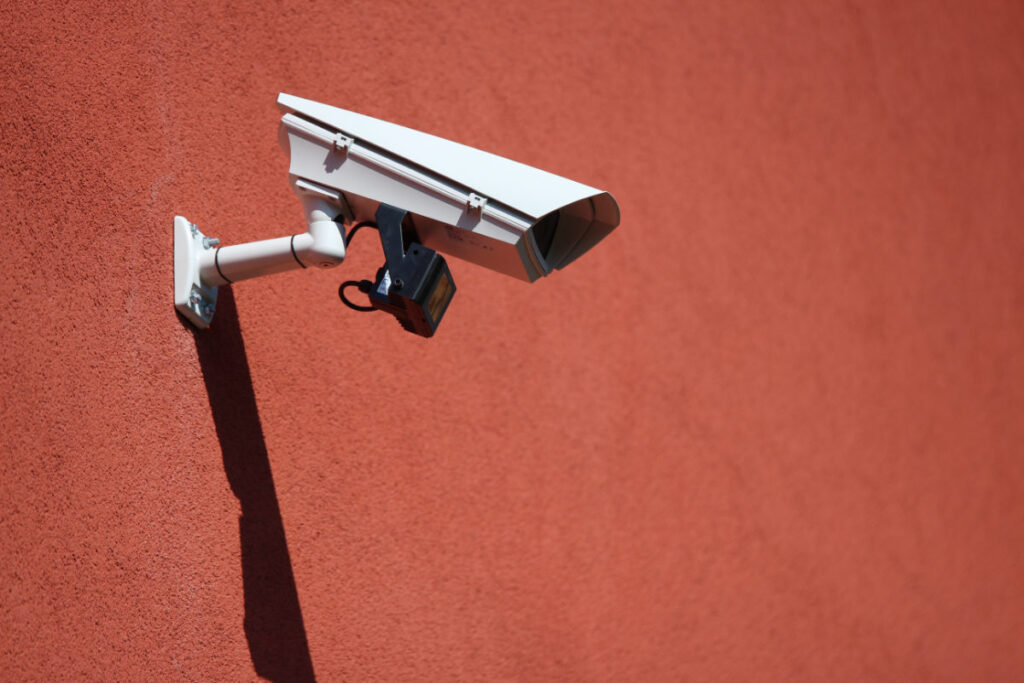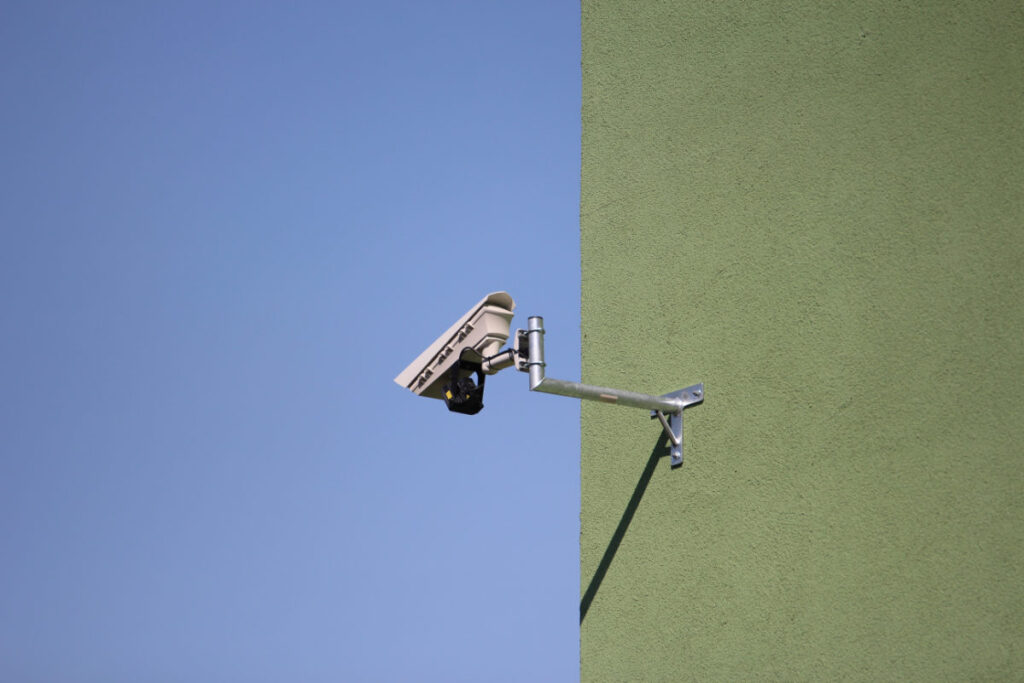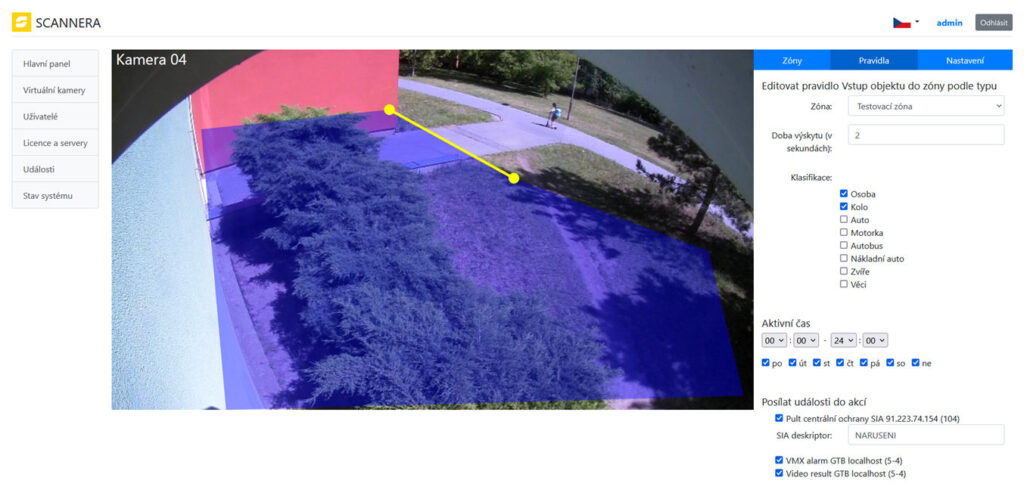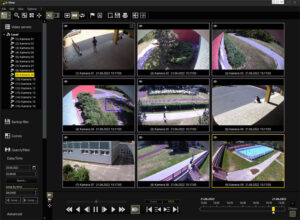
Customer / Company: Elementary school (Municipal office)
Business area: Education
Implementation deadline: Q2 / 2021
Author / Responsible person: Jiri Chytil
Creation date: Q2 / 2022
The customer for this project is an unnamed municipal office. This office aims to enhance the protection of soft targets and property at the elementary school within its jurisdiction. The customer has decided to achieve this goal through optical sensors - a camera system without recording connected to advanced machine image analysis. The main objectives of the customer include the timely detection of undesirable events such as a person falling (altercation), the presence of a firearm, and during nighttime, loitering, vandalism, and unauthorized entry into secured outdoor areas of the elementary school.
The ultimate recipient of the developed detection system is the elementary school, which represents a very specific environment. The school hosts a large number of minors who require the highest level of protection. In contrast to the demands for high security are the requirements for discretion, a pleasant environment, and strict adherence to GDPR regulations. From the perspective of GDPR and legislation, this environment is extremely sensitive, both from the parents of the students, who may not always sympathize with the intentions and requirements of the client, and from the local data protection officer, who can predict this pressure based on their experience and prioritizes the rights to privacy for children and employees.
As previously outlined, there is a direct contrast between the interest in protecting children and property and the interests in creating a pleasant working environment while upholding the rights of students and employees to privacy. For this reason, protective measures such as the presence of a private security agency or constant remote camera surveillance were dismissed.
A significant challenge lies in the methodological setup for detection and minimizing false alarms. A fundamental issue is the detection of altercations, which can be addressed in public spaces at night using crowd detection sensors. However, this method would result in a high number of false detections in the school environment, as students naturally gather in groups and play in front of the detection cameras.
Therefore, the main requirement is discreet automatic detection of undesirable events, such as altercations and health issues among students during the day, as well as vandalism of school property at night.
Based on the analysis of the issue, the customer decided to choose a solution in the form of a camera system acting as an optical detector of undesirable events.
The main detection goals include:
As part of the project, a camera system was built with sixteen cameras installed outside the buildings. These cameras monitor the main entrance to the premises and the school grounds. Interior detection was rejected to protect the privacy of students and staff.
During the installation of the camera points, emphasis was placed on high-quality components with good light sensitivity and wide adjustment options. Cameras with Tamron M13VG2713IR lenses were chosen.
Cheap CCTV cameras from unknown manufacturers often insert digital filters into the video signal to reduce noise, automatically adjust contrast, and make other parameter changes. This allows manufacturers to achieve a subjectively higher quality image for the human eye, which can mask the low quality of the optical sensor and lens. However, this filtering is unnecessary for machine analysis and, in many cases, reduces detection success or even prevents the analytical software from functioning correctly. For this reason, high-quality components with a wide range of settings were selected.
Additionally, all camera points were equipped with the BOSCH IIR-50850-SR infrared illuminator to ensure adequate image brightness for discreet security, even at night.
The system also included two hardware servers for processing machine analyses and operating the related systems.
For alarm evaluation, the following two outputs were selected:

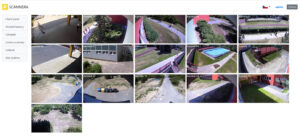
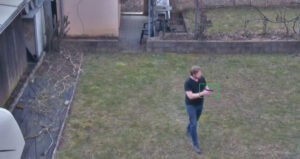
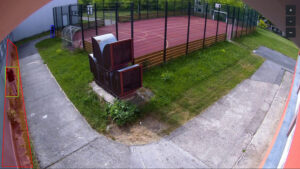

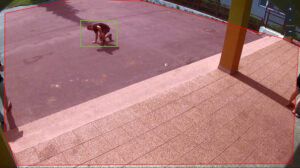
The result of the implemented project is a system successfully integrated into the production environment, including operational connection to the central security control panel and formal assessment and approval from a GDPR perspective. The system provides a demonstrable and tangible increase in the protection of students, staff, and school property.
During operation, the system’s robustness was confirmed with a minimal number of false detections. For instance, perimeter surveillance and monitoring of the school grounds based on PIR sensors or cameras with background extraction analysis would have been nearly impossible. Such a system would likely exhibit a high number of false positive detections caused by animals, weather changes (light/shadow, branches in the wind), and similar factors. Thanks to machine analysis with object classification based on neural networks, it is possible to reliably monitor the exteriors of buildings.
Fortunately, no serious incidents such as the detection of a firearm, a fight, or a fall due to health issues have occurred so far. However, during practical simulations, the system for protecting soft targets appears to be functional and fully prepared for detecting extraordinary events.
Thus, compared to constant physical oversight by a security agency, the system has provided the customer with increased safety for individuals and property with minimal reduction in comfort and privacy at a fraction of the operational costs.
